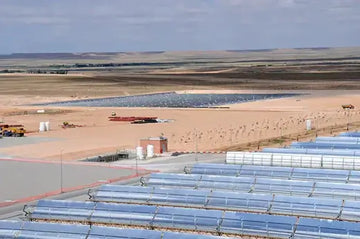Duke Energy filed on August 17 its updated carbon plan named the Carbon Plan Integrated Resource Plan (CPIRP) in North Carolina, which is designed to advance the company's energy transition while prioritizing reliability and affordability, and meanwhile, help maintain the state's position as the nation's top economic development state.
This new plan is built on the foundation of the North Carolina Utilities Commission's (NCUC) 2022 Carbon Plan which provided a least-cost path to realize the carbon dioxide emissions reduction targets set in House Bill 951.

In this plan, Duke Energy has specified new infrastruture needed to support Carolinas' fast economic growth and take the place of retiring coal plants. Compared to the 2022 version, this plan also considerably increases the capacity of solar, wind and energy storage, ensuring it in line with NCUC's strategy to embrace a wide range of renewable energy sources.
"This plan delivers a path to cleaner energy without compromising grid reliability, affordability or the energy demands of a growing region," said Kendal Bowman, President of Duke Energy North Carolina. "We project exponential growth, far beyond what has already made us the top state for business, so we've charted an ambitious road map for meeting that need while protecting reliability and affordability for our customers."
To accommodate Carolinas's growing electricity demand and achieve climate change goals, Duke Energy's CPIRP includes three core energy portfolios for the NCUC to review and ensure a pathway to carbon reduction that is least-cost and maintains equal or greater reliability than customers have today.
Notely, all the three portfolios are more ambitious in pace and scale than the 70% carbon reduction target by 2030 portfolio from the company's 2022 Carbon Plan. The company also proposed a "near-term action plan" and specified targets for different energy sources, ensuring a steady advancing torwards its carbon neutrality target by 2050. In the near-term plan, Duke Energy aims to deploy 6,000 MW of solar by 2031.
A public regulatory process at the UCUC will initiate right after the filing. The NCUC will hold public hearings before issuing its final CPIRP order by the end of 2024.





